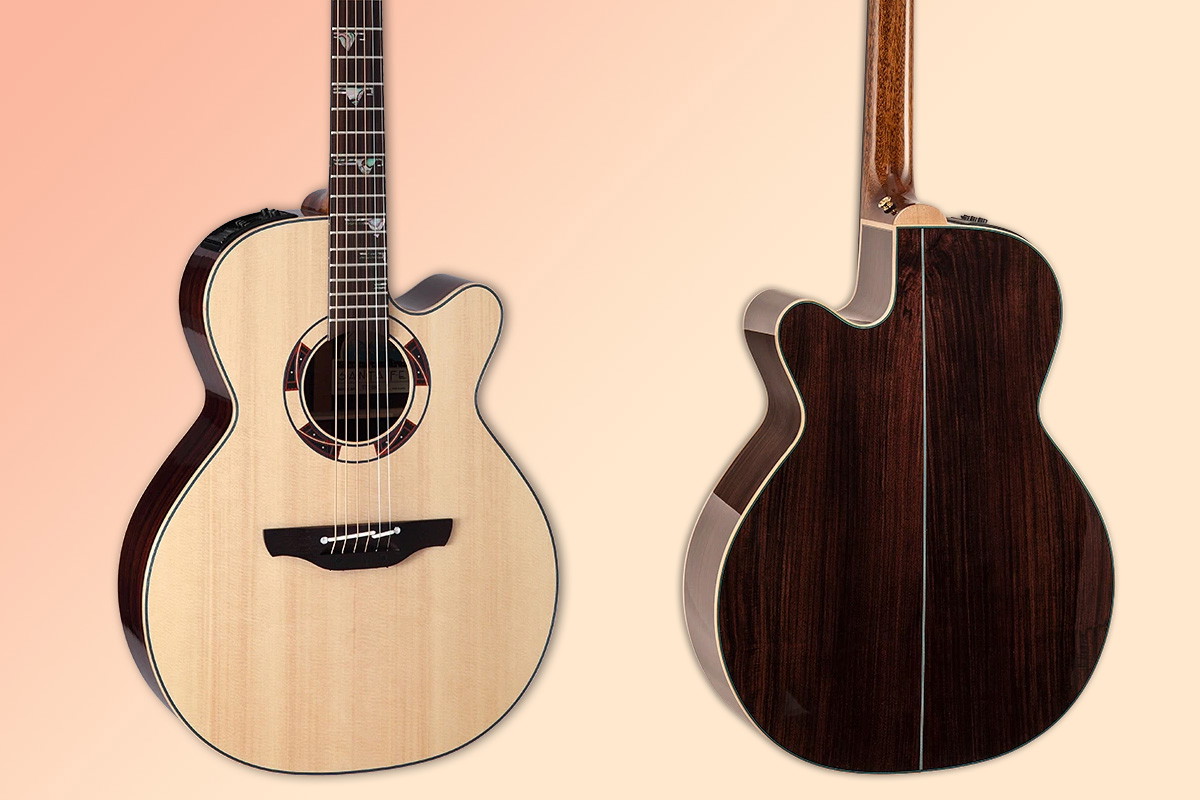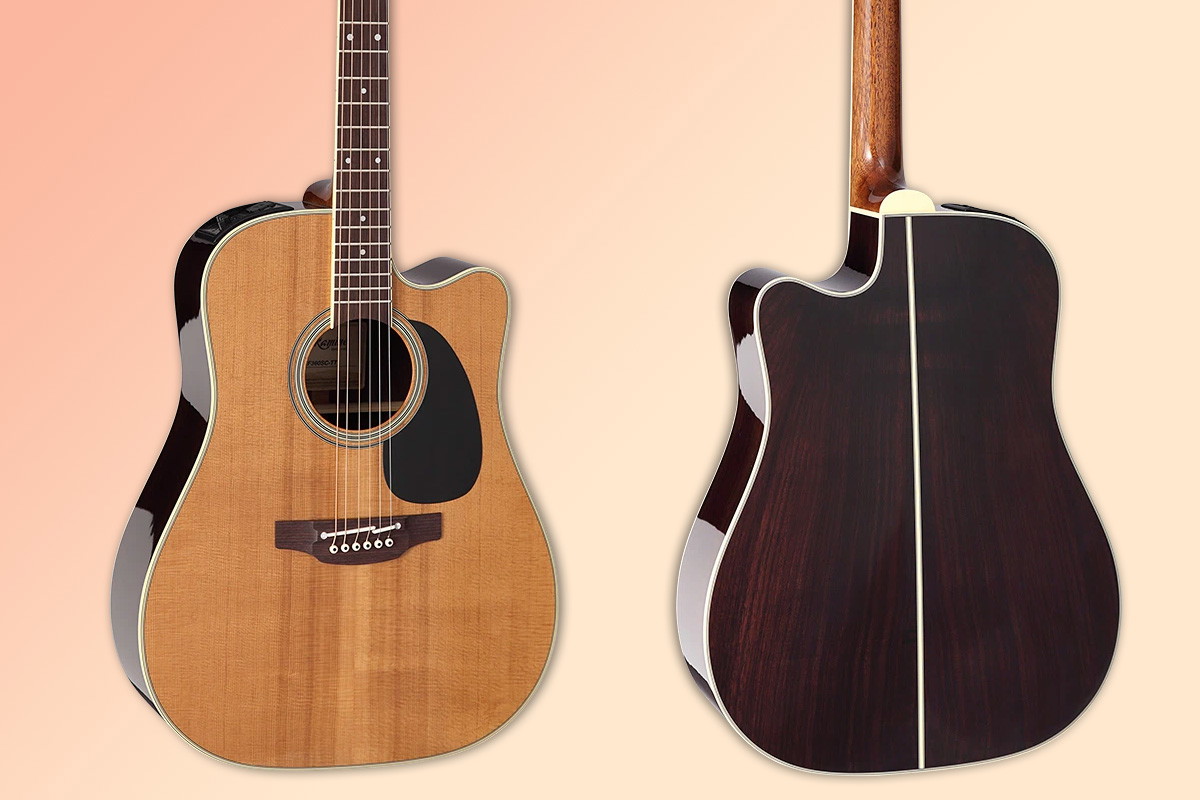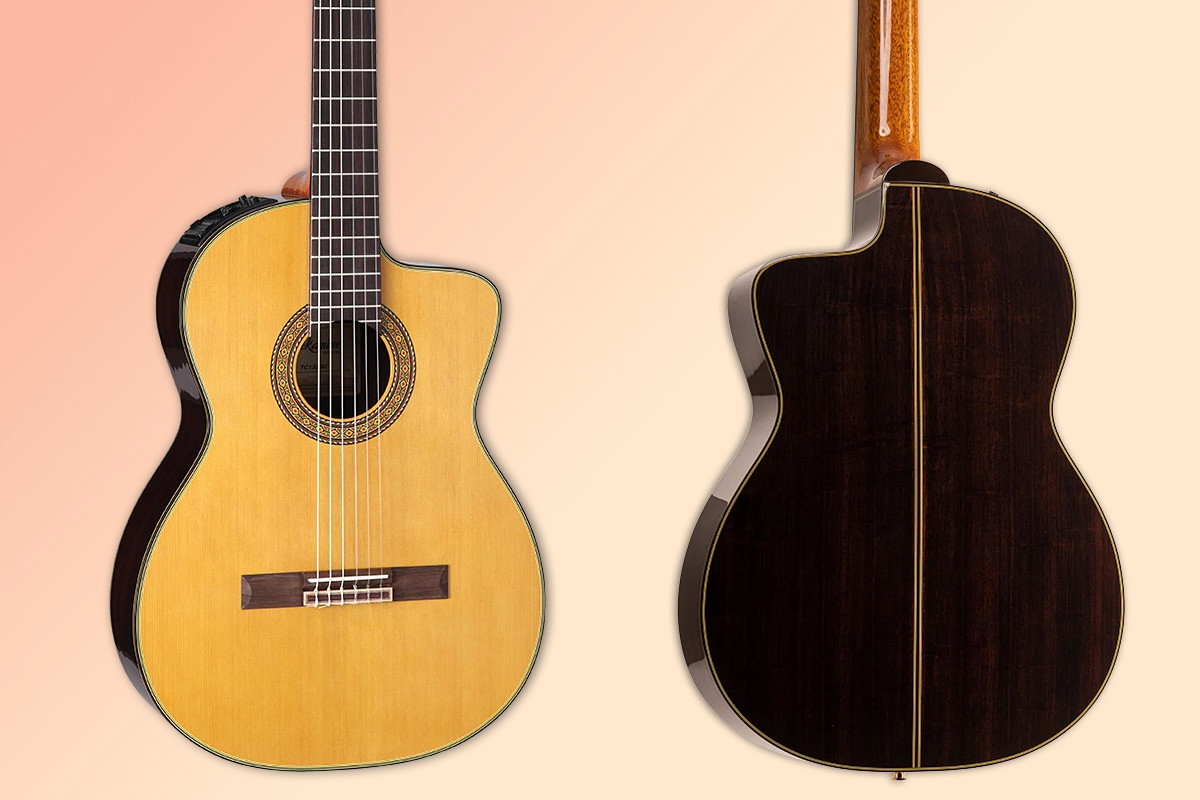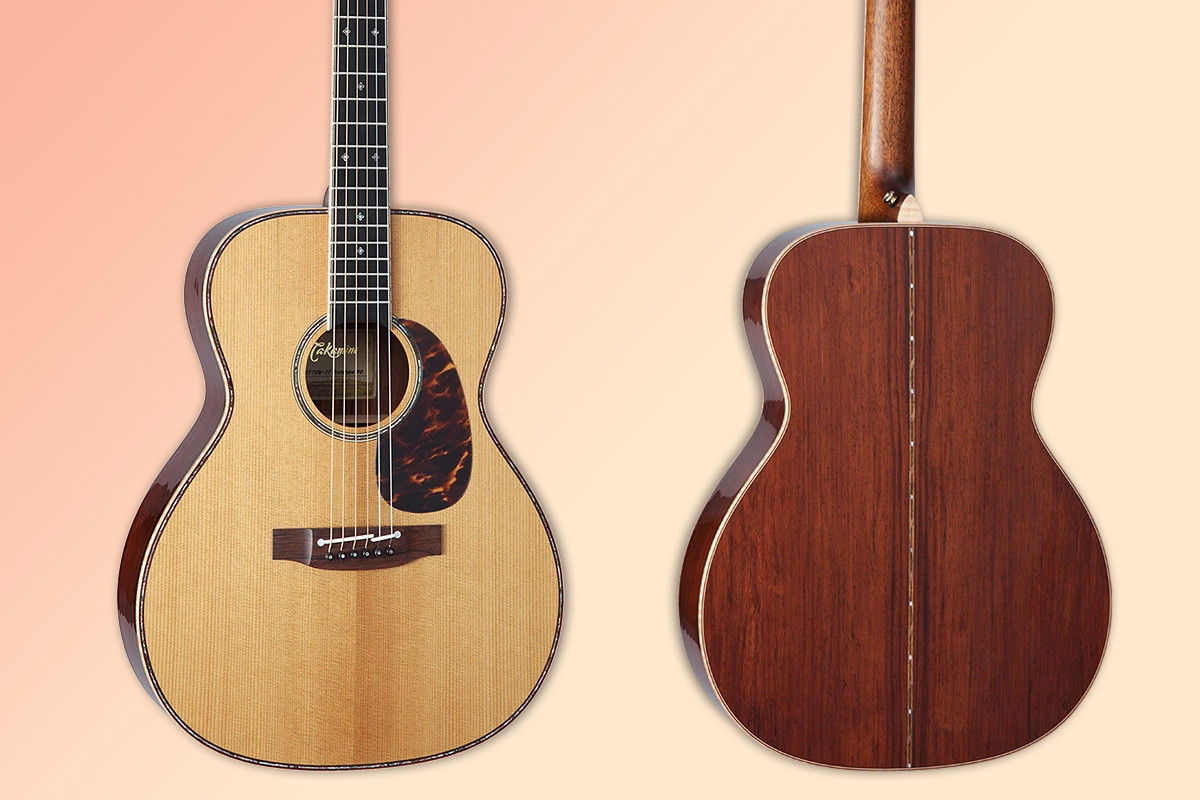Takamine Wood Shop: Rosewood
Takamine Wood Shop: Rosewood
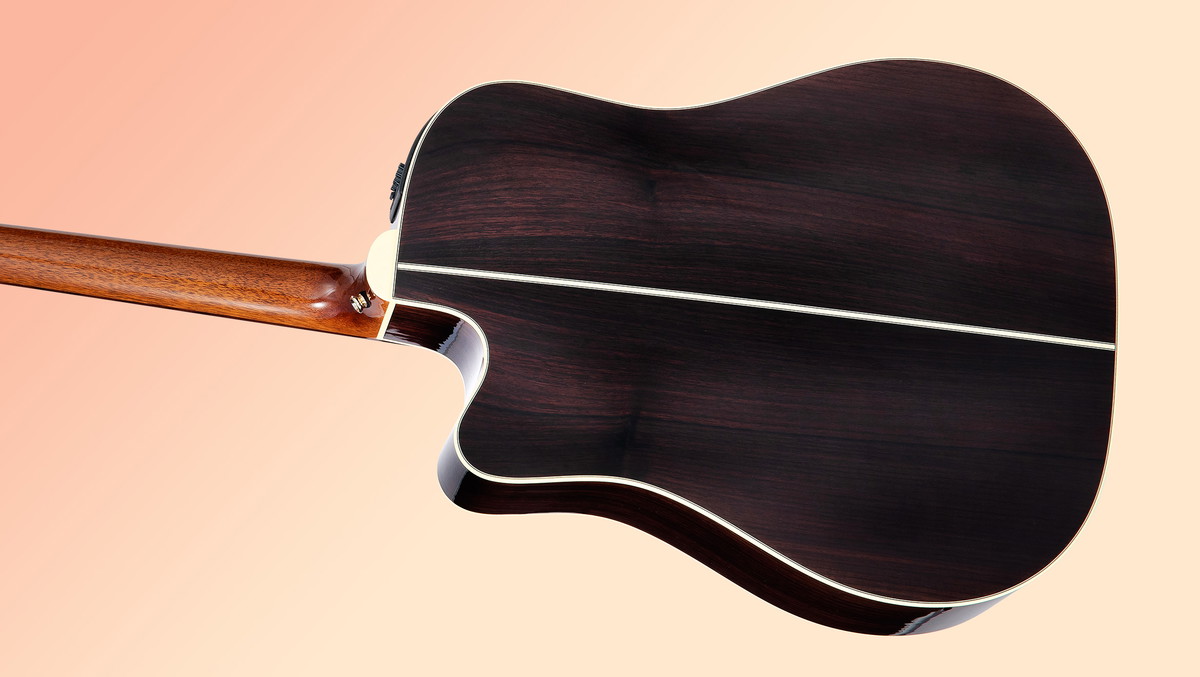
News flash: guitars in the modern era are made of many different kinds of wood, and the choice of wood — especially in acoustic or acoustic-electric guitars — has a huge impact on the tone and responsiveness of the instrument. While most musicians tend to think of just a few wood types for use in acoustic guitar bodies, there are many other terrific wood varieties that each present their own advantages. Today, we’ll take a close look at one of the most revered tonewoods for guitar crafting: rosewood.
Just the Facts
Let’s start by saying that there are multiple species of rosewood plants from different areas of the world. These include Indian rosewood species like Dalbergia latifolia, as well as rosewood species from Madagascar like Dalbergia baronii, and more. These woods have been used for centuries in fine instrument manufacturing as well as applications in high-end furniture making and more. Rosewood has all the qualities that are desirable for use in guitar luthiery. The wood itself is aesthetically stunning, and it offers the high density (870 to 980 kg/m3) that results in a full and lush sonic spectrum.
But the downside of the international high demand for rosewood is that many species are now considered as vulnerable under their conservation status. The resulting rarity of rosewood — a slow-growth tree — also drives up the price of instruments that make use of this beautiful yet threatened material. For those reasons, Takamine limits the number of guitar models that make use of rosewood bodies, and are extremely careful about the responsible sourcing of rosewood supplies. Rosewood bodies are only used in some of our handcrafted Pro Series, Signature Series, TT Series, and Hirade & Classical Series guitars, which are produced in very limited numbers. Also, Takamine is now implementing new materials that offer a viable alternative for rosewood, like the revolutionary engineered material called Wonder Rosewood that’s now the basis of the updated John Jorgensen Signature Series guitar, the JJ325SRCL.
Takamine Legacy Series TSF48C
Takamine Thermal Top Series EF360SC TT
Takamine Classical/Hirade Series ES132SC
Takamine Thermal Top Series EF75M TT
How Does It Sound?
As mentioned above, rosewood is one of the two most traditional materials for acoustic guitar bodies (the other being mahogany). If you’ve ever heard a finely-crafted acoustic guitar from the last hundred years or more, chances are high you’re already familiar with the sonic signature of a rosewood-based guitar. Rosewood offers a wider frequency range than mahogany, with a less-pronounced midrange and a deeper, more percussive low end, and a more articulate and brighter high end as well. Its sound is often described as resonant, and indeed produces those delightful overtones that characterize great acoustic sound.
Of course, preferential tone is in the ear of the listener. For some styles of music, the more focused and dry sound of mahogany (and similar woods like sapele) might be a better choice. But on an overall basis, the sound of a rosewood-bodied guitar can be among the most coveted tones for nearly any genre of music and playing style.
How Does It Look?
Rosewood is absolutely gorgeous. It’s a dark, deeply brown wood, with bold, varying widths of grain with streaks that are even more deep and rich in color, which can be almost purple-hued. Looking at the back of Takamine models like the Glenn Frey Signature EF360GF, the natural striations of the rosewood are blatantly apparent. Just one guitar offered by Takamine — the TT Series EF75M TT — makes use of solid Madagascar rosewood, which is somewhat lighter in overall shading but also offers the dark, warm-toned grain striations you expect from rosewood.
What Takamine Guitars Use Rosewood?
At the time of this article, Takamine offers 14 models with rosewood bodies, as well as the two updated John Jorgensen models that make use of Wonder Rosewood. These guitars include models in our Pro Series (like the P5DC and the P7NC), the thermal-top TT Series (like the EF360SC TT and EF75M TT), Legacy Series (the TSF48C), Hirade & Classical Series (like the EC132SC), and Signature Series (including the Garth Brooks GB7C).
Similar to when I tried building that wonky birdhouse, completely underestimating how different wood grains impact stability. Back then, I was determined to use some reclaimed pine scraps, convinced I was a master craftsman. Spoiler alert: the roof caved in after the first rain because I ignored the natural Slope Game of the grain. So, yeah, wood is complicated.


